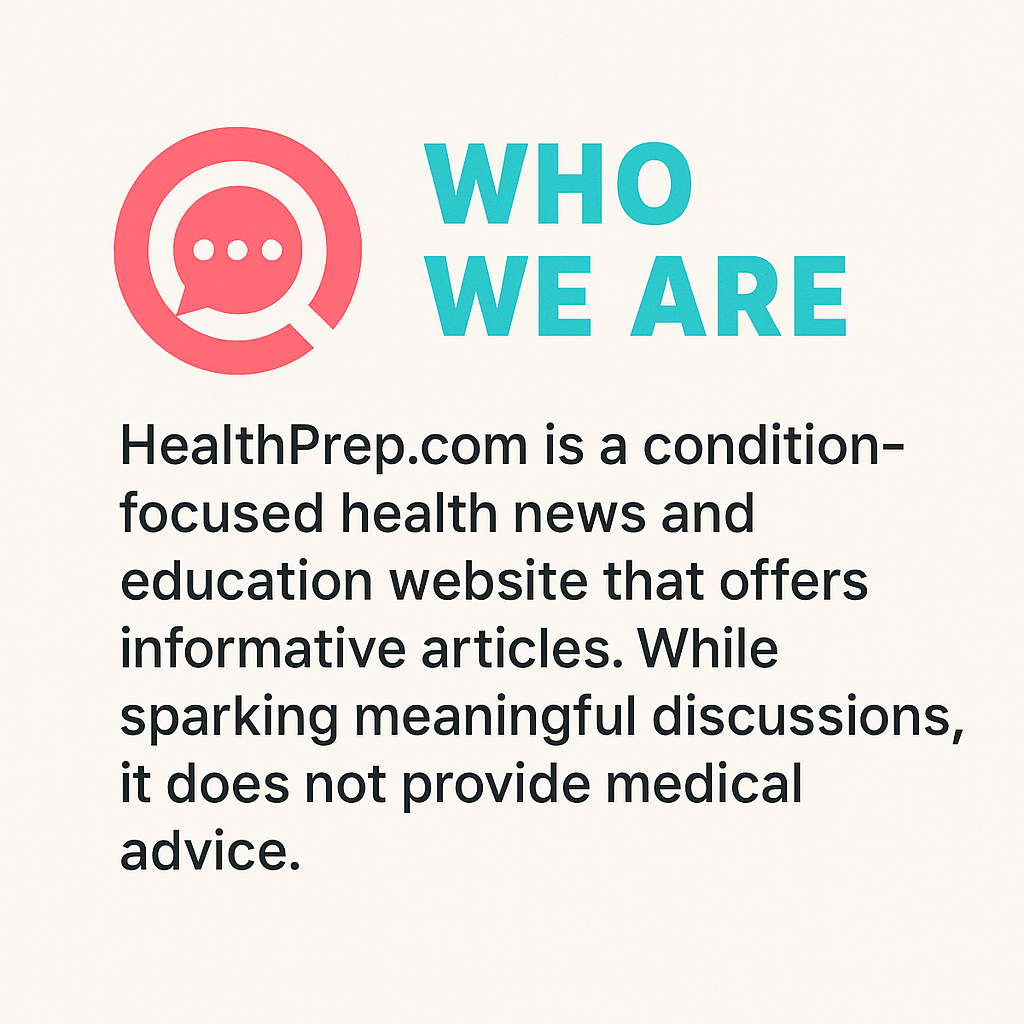12 Popular "Healthy" Foods That Secretly Raise Your Blood Pressure
In the quest for better health, many individuals have turned to foods that are widely regarded as "healthy." These foods often promise a plethora of benefits, from improved heart health to weight management. However, a lesser-known concern is the potential for some of these foods to contribute to elevated blood pressure, a condition that can lead to serious cardiovascular issues if left unchecked. This article delves into the paradox of healthy eating, exploring how certain foods, despite their healthful image, may harbor hidden hazards that could be raising your blood pressure. By understanding these risks, you can make more informed dietary choices that truly support your well-being. The relationship between diet and blood pressure is complex, influenced by a variety of factors including sodium content, natural compounds, and individual health status. As we navigate through the following sections, we will uncover 12 popular "healthy" foods that might be contributing to higher blood pressure levels. Each section will explore a specific food, detailing the hidden components that may affect blood pressure, supported by scientific research and expert opinions. By the end of this article, you will have a comprehensive understanding of how these foods interact with your body, empowering you to make choices that align with your health goals.
1. The Sodium Surprise in Canned Vegetables
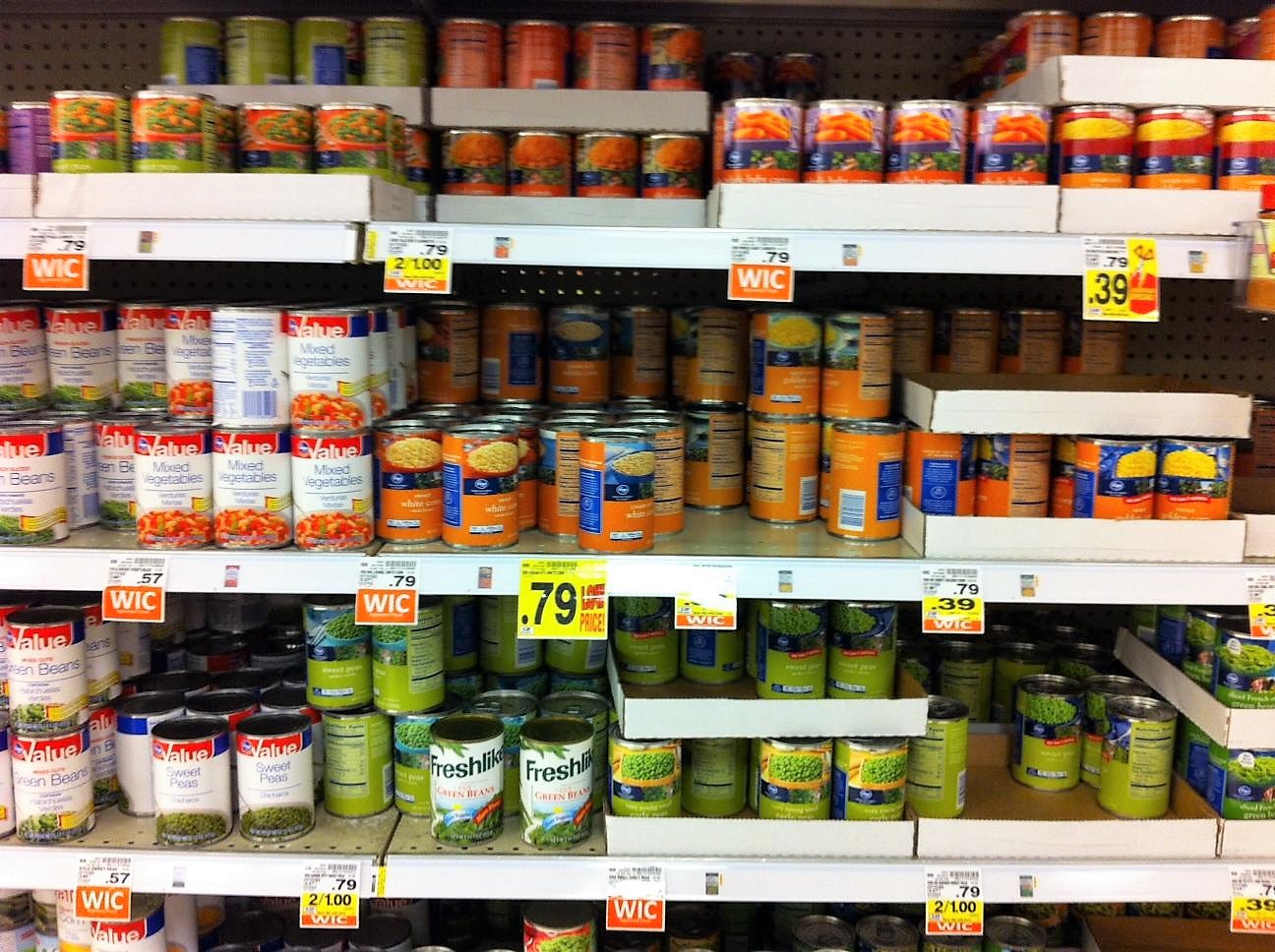
Canned vegetables are often lauded for their convenience and nutritional value, providing an easy way to increase vegetable intake. However, many canned vegetables are high in sodium, a key factor in elevated blood pressure. Sodium is used as a preservative to extend shelf life and enhance flavor, but excessive intake can lead to fluid retention and increased blood pressure. The American Heart Association recommends no more than 2,300 milligrams of sodium per day, with an ideal limit of 1,500 milligrams for most adults. A single serving of canned vegetables can contain up to 300 milligrams of sodium, quickly adding up if consumed regularly. To mitigate this risk, it is advisable to opt for low-sodium or no-salt-added versions of canned vegetables. Additionally, rinsing canned vegetables under water can help reduce sodium content by up to 40%. While fresh or frozen vegetables are preferable, these strategies can make canned options a more heart-friendly choice. Understanding the sodium content in canned vegetables is crucial for maintaining healthy blood pressure levels, especially for individuals with hypertension or those at risk.
2. The Hidden Sugars in Yogurt

Yogurt is often promoted as a healthy snack or breakfast option, praised for its probiotic content and calcium levels. However, many flavored yogurts contain added sugars, which can indirectly contribute to increased blood pressure. High sugar intake is associated with obesity and metabolic syndrome, both of which are risk factors for hypertension. A single serving of flavored yogurt can contain up to 20 grams of sugar, significantly impacting daily intake recommendations. Choosing plain yogurt and adding fresh fruit or a small amount of honey can help control sugar consumption while still enjoying the benefits of yogurt. Greek yogurt is another excellent option, as it typically contains more protein and less sugar compared to traditional varieties. Awareness of sugar content in yogurt is essential for those looking to manage their blood pressure effectively, as it can help prevent the unintended consequences of excessive sugar intake.
3. The Salt Content in Whole Grain Bread
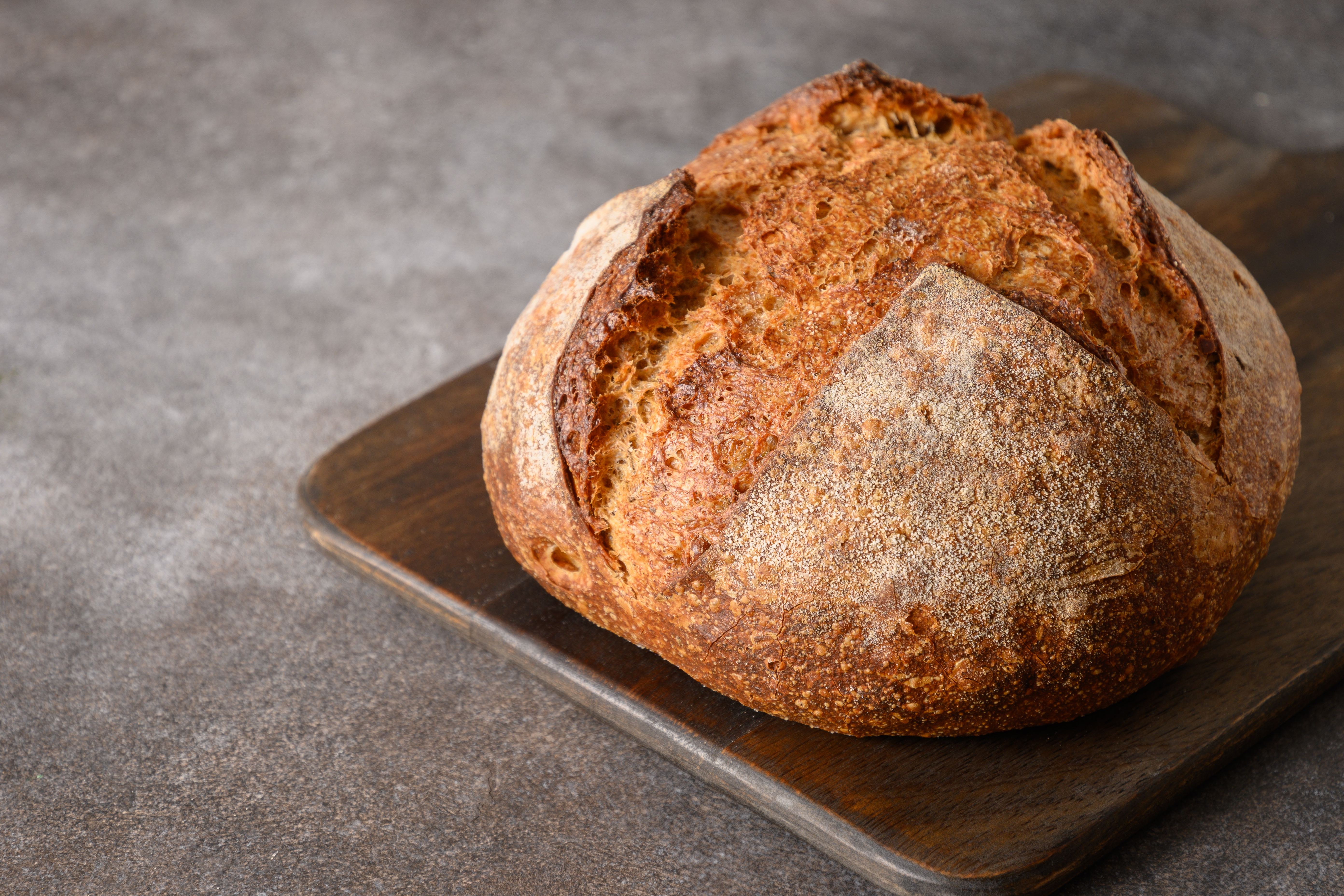
Whole grain bread is a staple in many diets, valued for its fiber content and potential to support heart health. However, the sodium content in bread is often overlooked, with some varieties containing significant amounts of salt. Sodium is used in bread not only for flavor but also for its role in the baking process, affecting dough consistency and shelf life. Consuming multiple servings of bread daily can lead to substantial sodium intake, contributing to elevated blood pressure levels. To address this issue, consumers should read labels carefully, opting for bread with lower sodium content. Some bakeries and brands offer reduced-sodium options, which can be a better choice for those monitoring their blood pressure. Additionally, incorporating other whole grains like quinoa or brown rice into the diet can provide similar health benefits without the added sodium. By being mindful of the sodium content in whole grain bread, individuals can continue to enjoy its benefits while minimizing the risk of hypertension.
4. The Caffeine Conundrum in Green Tea
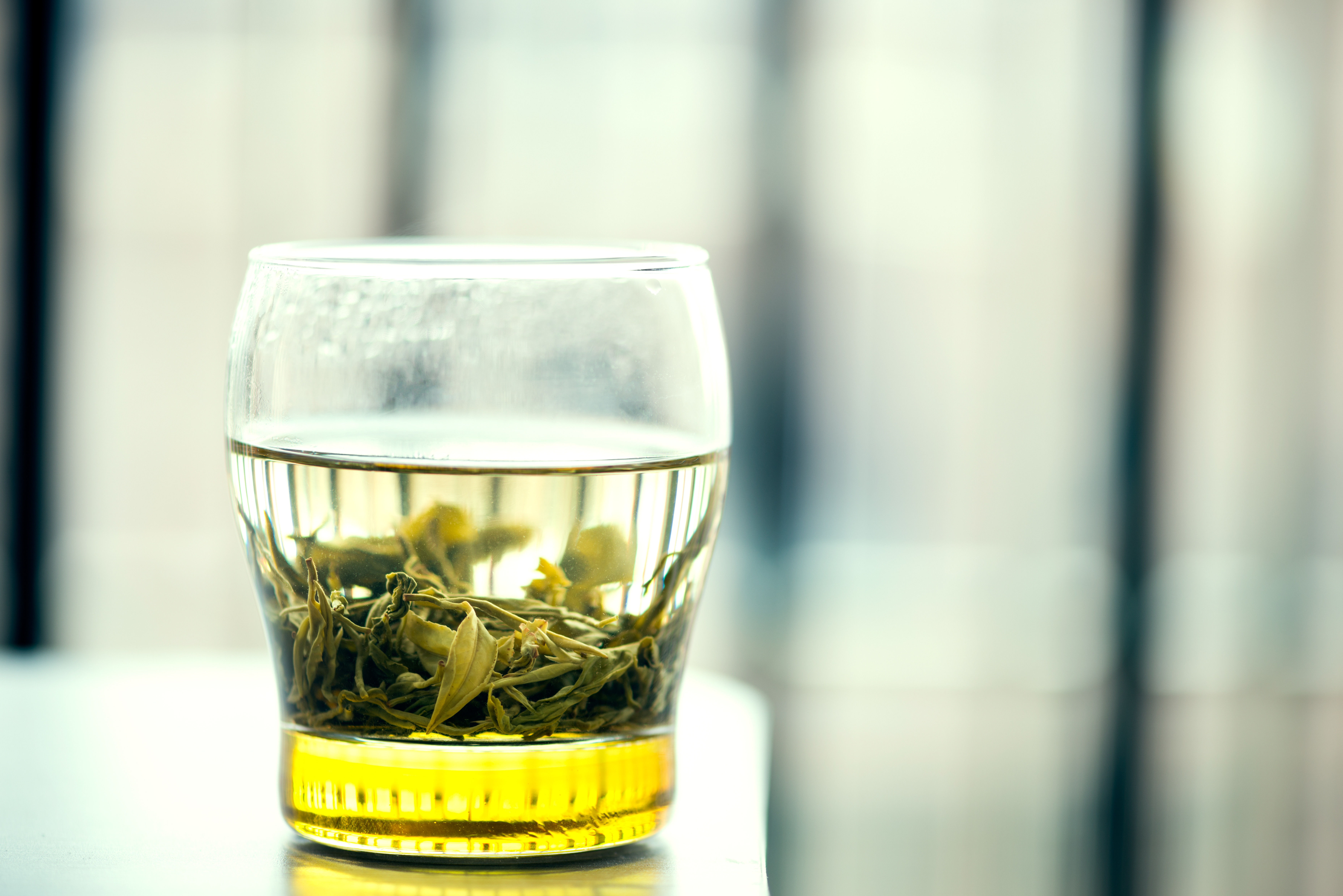
Green tea is often hailed for its antioxidant properties and potential health benefits, including improved brain function and fat loss. However, green tea contains caffeine, a stimulant that can raise blood pressure in some individuals, particularly those who are sensitive to caffeine or consume it in large quantities. While moderate caffeine intake is generally considered safe, excessive consumption can lead to temporary spikes in blood pressure and increased heart rate. For those concerned about caffeine's impact on blood pressure, opting for decaffeinated green tea can be a viable alternative. Additionally, limiting overall caffeine intake from other sources, such as coffee and energy drinks, can help maintain healthy blood pressure levels. Understanding the caffeine content in green tea and its potential effects is crucial for individuals managing hypertension or those at risk of developing the condition.
5. The Sugar Content in Granola Bars

Granola bars are often marketed as a convenient and healthy snack option, providing a quick energy boost and a source of fiber. However, many granola bars are laden with added sugars, which can contribute to weight gain and increased blood pressure. The combination of sugar and refined carbohydrates in some granola bars can lead to insulin resistance and metabolic syndrome, both of which are risk factors for hypertension. To make healthier choices, consumers should look for granola bars with minimal added sugars and higher fiber content. Homemade granola bars can also be a great alternative, allowing control over ingredients and sugar levels. By being aware of the sugar content in granola bars, individuals can enjoy this snack without compromising their blood pressure management goals.
6. The Sodium Levels in Chicken Breast
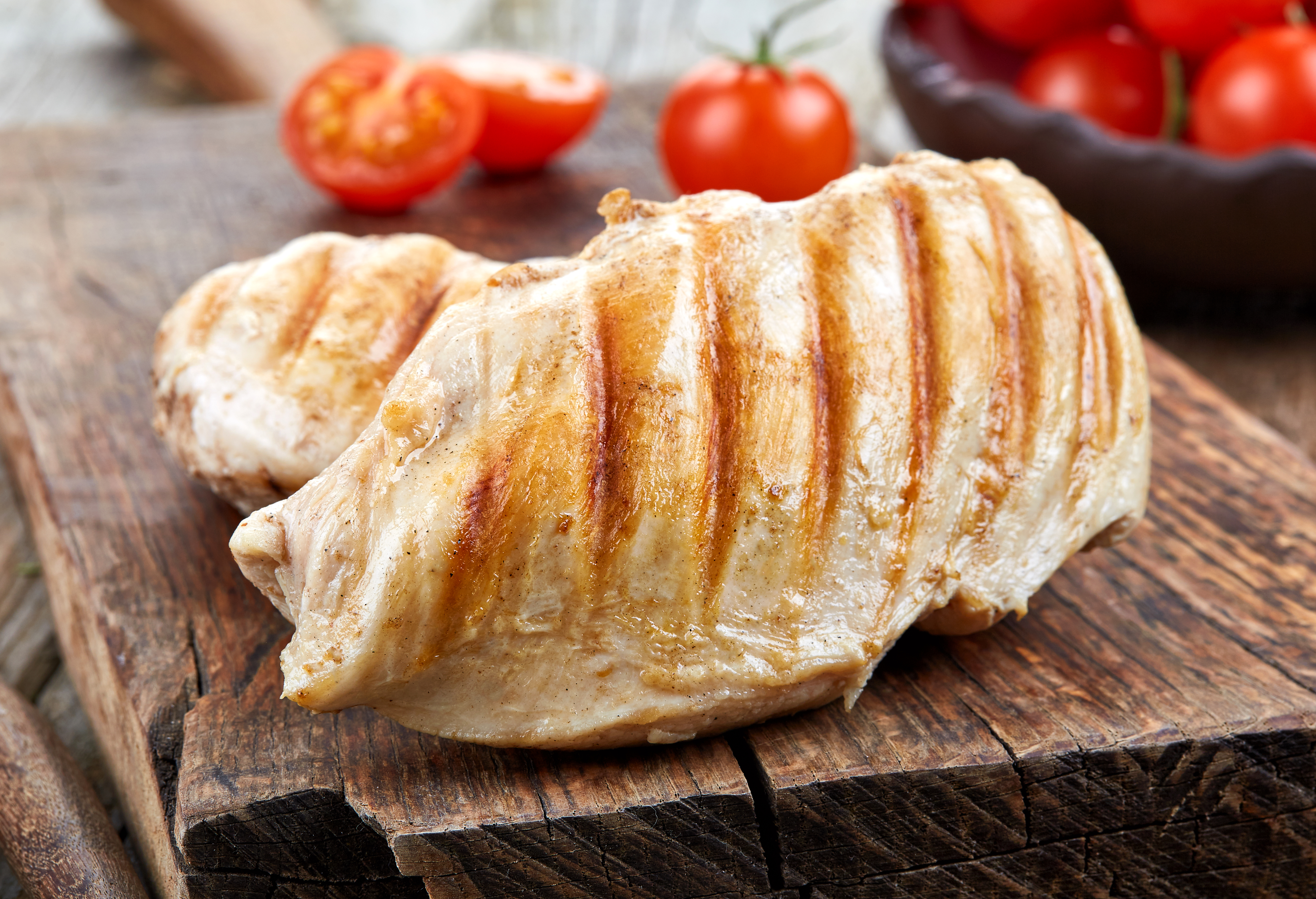
Chicken breast is a popular protein choice for those seeking a lean, healthy diet. However, pre-packaged or processed chicken breast products can contain added sodium, used to enhance flavor and preserve freshness. This added sodium can contribute to increased blood pressure, particularly when consumed regularly. While fresh chicken breast is naturally low in sodium, processing methods can significantly alter its nutritional profile. To avoid excessive sodium intake, it is advisable to purchase fresh, unprocessed chicken breast and season it with herbs and spices instead of salt. Reading labels and choosing products with lower sodium content can also help manage sodium intake. By being mindful of the sodium levels in chicken breast, individuals can continue to enjoy this lean protein without negatively impacting their blood pressure.
7. The Sugar and Sodium in Tomato Sauce
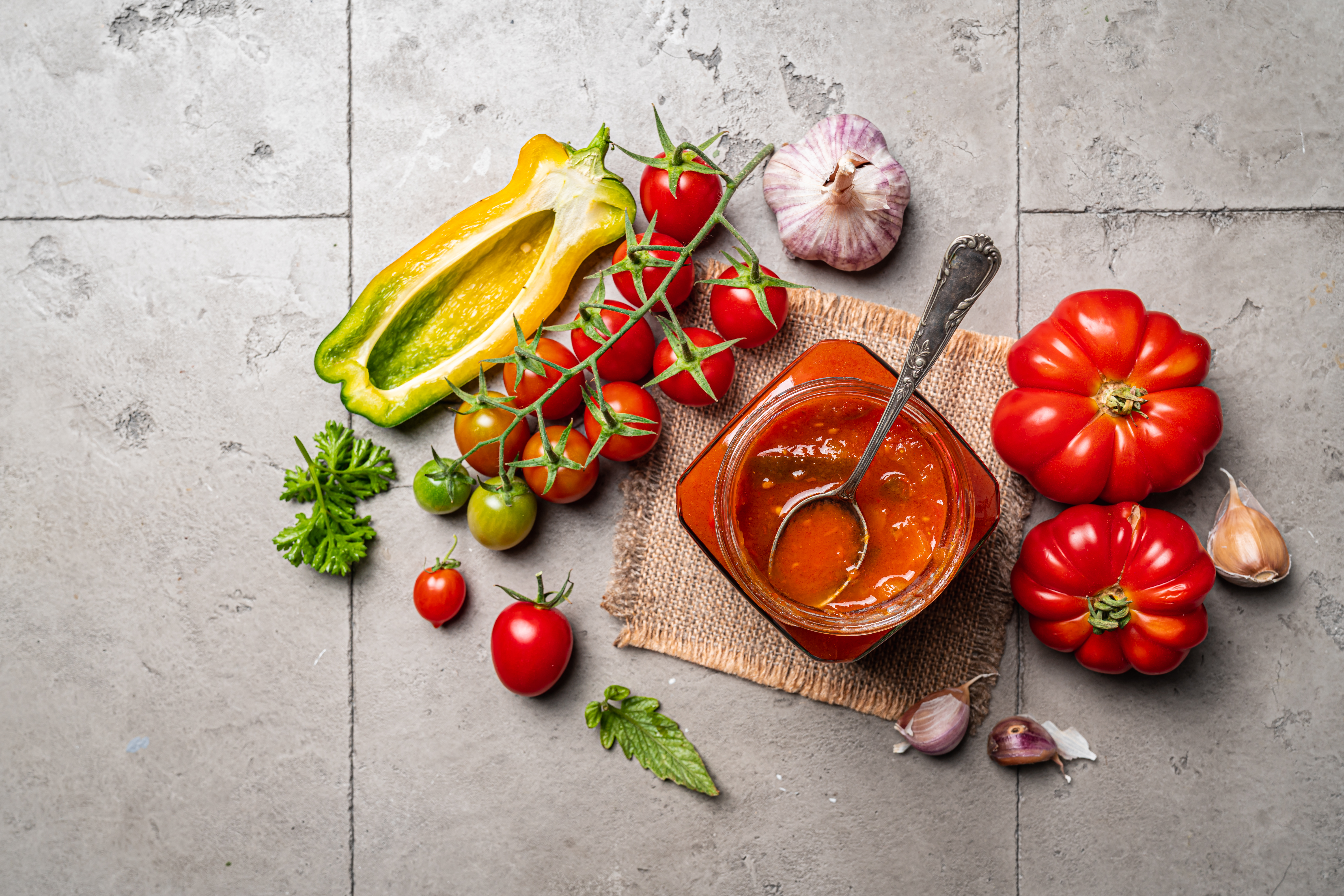
Tomato sauce is a versatile ingredient, commonly used in pasta dishes, pizzas, and more. However, many commercially prepared tomato sauces contain added sugars and sodium, both of which can contribute to elevated blood pressure. The combination of sugar and salt enhances flavor but can lead to unintended health consequences when consumed in excess. To reduce sugar and sodium intake from tomato sauce, consumers can opt for brands with lower levels of these ingredients or make homemade sauce using fresh tomatoes and herbs. This approach allows for greater control over the nutritional content and can help support healthy blood pressure levels. By understanding the hidden sugars and sodium in tomato sauce, individuals can make informed choices that align with their dietary goals.
8. The Sodium Content in Cottage Cheese
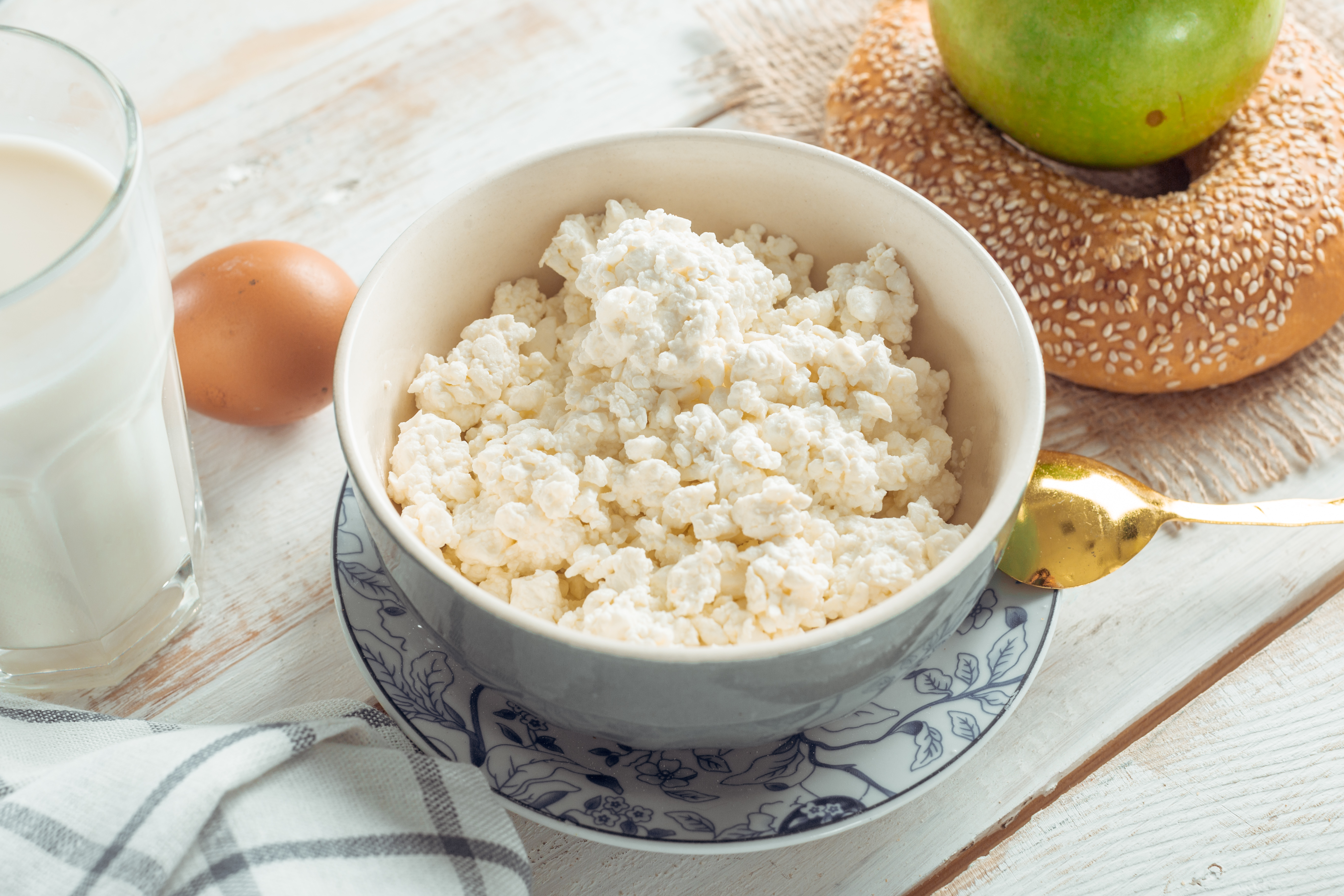
Cottage cheese is often recommended for its high protein content and low-fat profile, making it a popular choice for those seeking to maintain or lose weight. However, the sodium content in cottage cheese can be surprisingly high, with some brands containing up to 400 milligrams per serving. This sodium can contribute to increased blood pressure, particularly if consumed frequently or in large quantities. To manage sodium intake, individuals can look for low-sodium versions of cottage cheese or consider alternative protein sources like Greek yogurt or tofu. Additionally, pairing cottage cheese with fresh fruits or vegetables can enhance flavor without the need for added salt. By being mindful of the sodium content in cottage cheese, individuals can enjoy its benefits while minimizing the risk of hypertension.
9. The Sugar in Fruit Juices
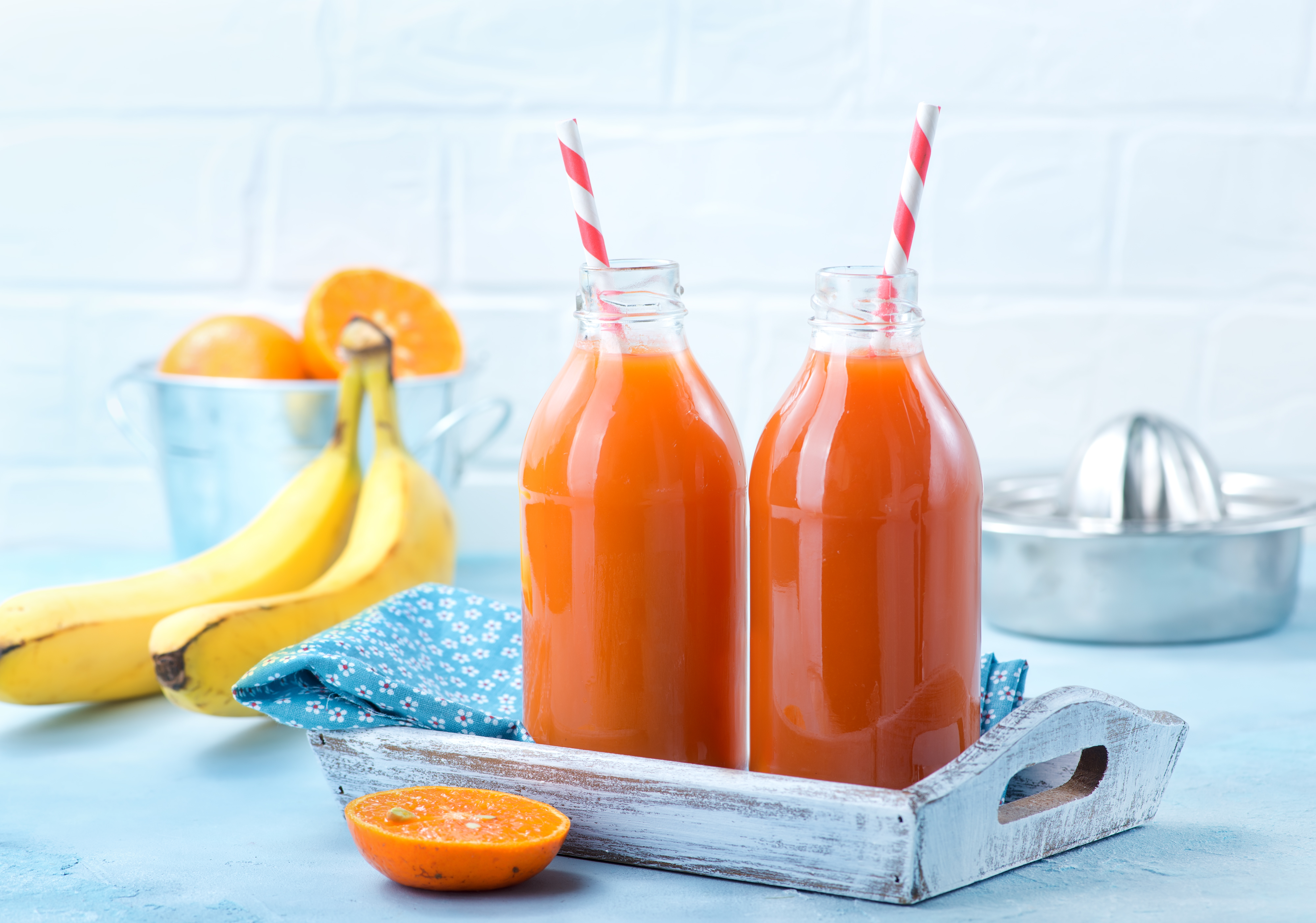
Fruit juices are often perceived as a healthy alternative to sugary sodas, providing vitamins and antioxidants. However, many fruit juices contain high levels of natural and added sugars, which can contribute to weight gain and increased blood pressure. The lack of fiber in juice compared to whole fruits can also lead to rapid sugar absorption, impacting blood sugar levels and insulin sensitivity. To reduce sugar intake from fruit juices, it is advisable to consume whole fruits instead, which provide fiber and nutrients without the concentrated sugars. If choosing to drink juice, opting for 100% fruit juice with no added sugars and limiting portion sizes can help manage sugar consumption. Understanding the sugar content in fruit juices is essential for those looking to maintain healthy blood pressure levels and overall health.
10. The Sodium in Pickles
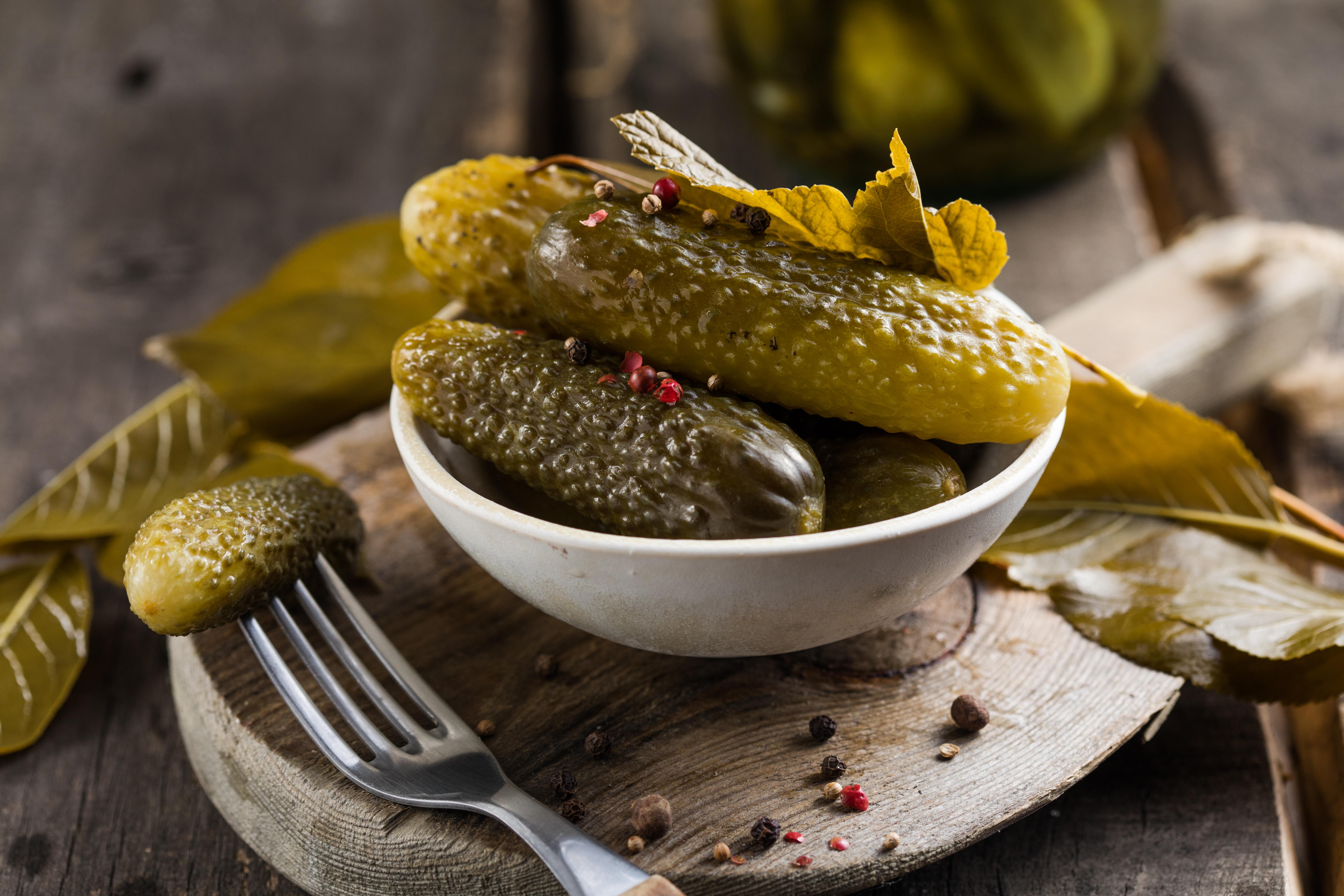
Pickles are a popular condiment and snack, known for their tangy flavor and crunchy texture. However, the pickling process involves soaking cucumbers in a brine solution, which is high in sodium. This sodium content can contribute to elevated blood pressure, especially when pickles are consumed regularly or in large quantities. To enjoy pickles without the excessive sodium, individuals can look for low-sodium versions or make homemade pickles using less salt. Additionally, consuming pickles in moderation and balancing them with other low-sodium foods can help manage overall sodium intake. By being aware of the sodium content in pickles, individuals can continue to enjoy this flavorful food while supporting their blood pressure management efforts.
11. The Sodium and Sugar in Salad Dressings
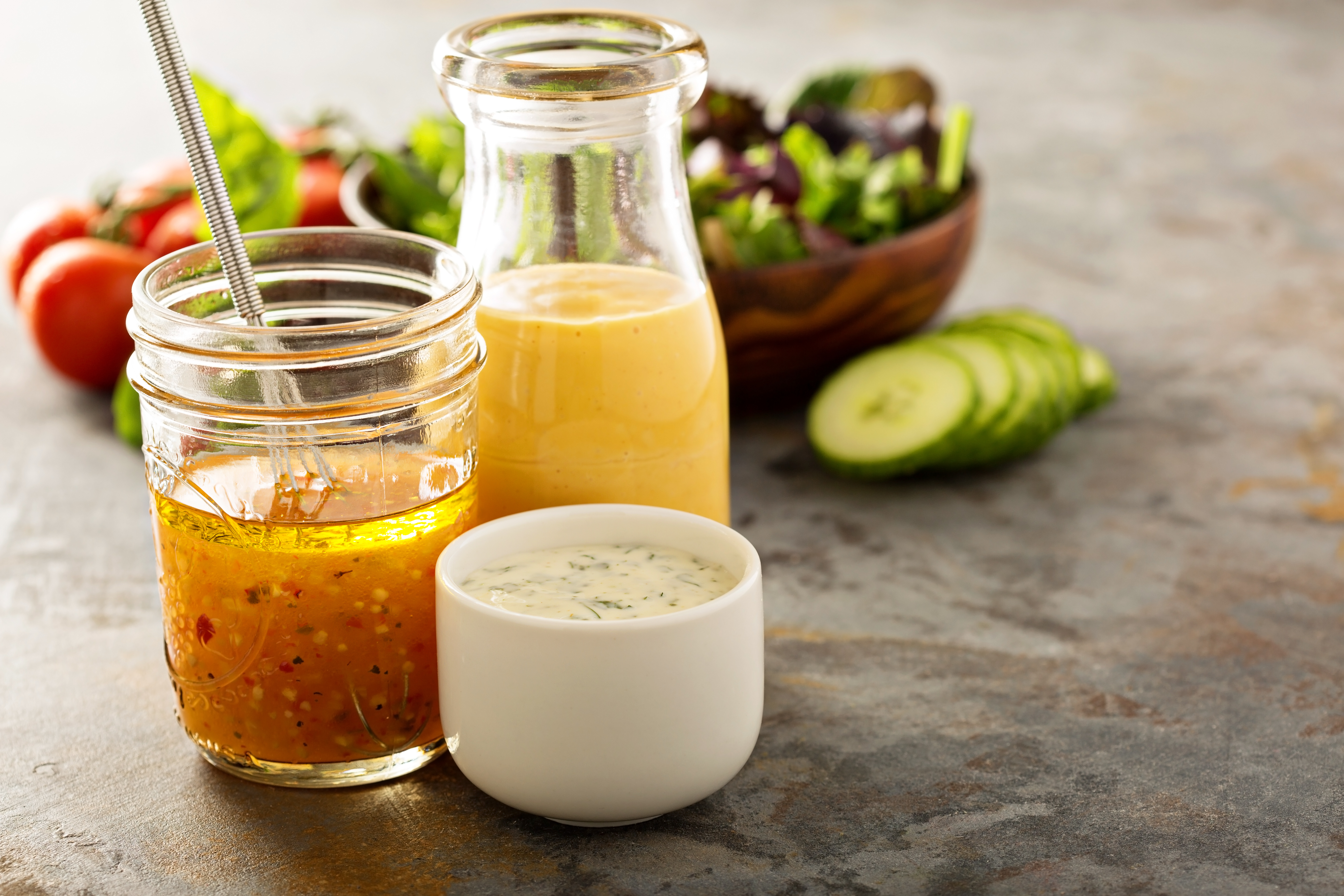
Salad dressings are often used to enhance the flavor of salads, but many commercially prepared dressings contain high levels of sodium and added sugars. These ingredients can contribute to increased blood pressure and negate the health benefits of consuming a fresh salad. A single serving of some dressings can contain up to 300 milligrams of sodium and several grams of sugar, quickly adding up if used generously. To reduce sodium and sugar intake from salad dressings, individuals can opt for vinaigrettes or make homemade dressings using olive oil, vinegar, and herbs. This approach allows for greater control over the ingredients and can enhance the nutritional value of a salad. By understanding the hidden sodium and sugar in salad dressings, individuals can make choices that align with their health goals.
12. The Sodium in Canned Soups

Canned soups are a convenient meal option, offering warmth and comfort with minimal preparation. However, many canned soups are high in sodium, used to enhance flavor and preserve shelf life. This sodium content can contribute to elevated blood pressure, particularly if consumed frequently or in large quantities. A single serving of canned soup can contain up to 800 milligrams of sodium, significantly impacting daily intake recommendations. To manage sodium intake from canned soups, individuals can look for low-sodium versions or make homemade soups using fresh ingredients and herbs. This approach allows for greater control over the nutritional content and can support healthy blood pressure levels. By being mindful of the sodium content in canned soups, individuals can enjoy this convenient meal without compromising their health goals.
As we have explored throughout this article, the journey to better health is not always linear. While many foods are perceived as "healthy," they can harbor hidden hazards that may contribute to elevated blood pressure. By understanding the sodium and sugar content in these popular foods, individuals can make informed dietary choices that truly support their well-being. Each section has highlighted the importance of reading labels, opting for lower sodium and sugar alternatives, and considering homemade options to better control nutritional intake. The key to maintaining healthy blood pressure lies in awareness and balance. By being mindful of the hidden hazards in these foods and making conscious choices, individuals can enjoy the benefits of a healthy diet while minimizing the risk of hypertension. As you continue your health journey, remember that knowledge is power, and informed choices are the foundation of a heart-healthy lifestyle.
